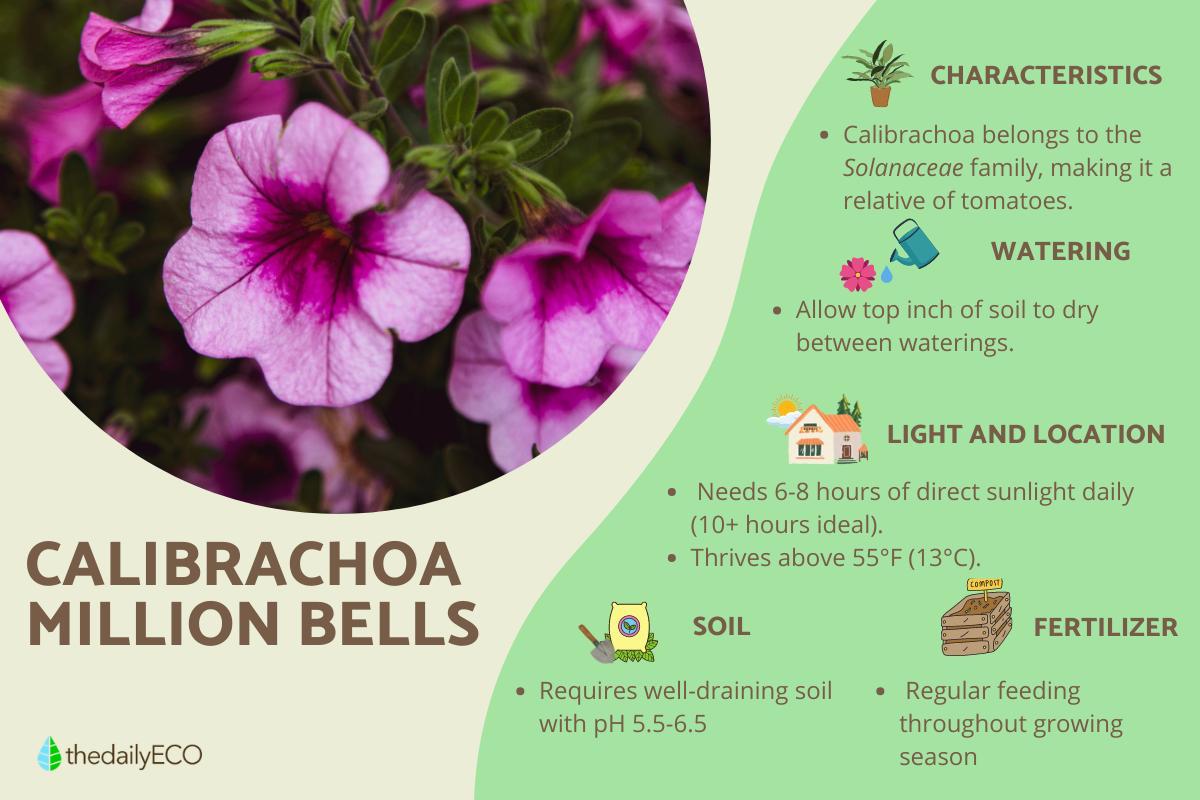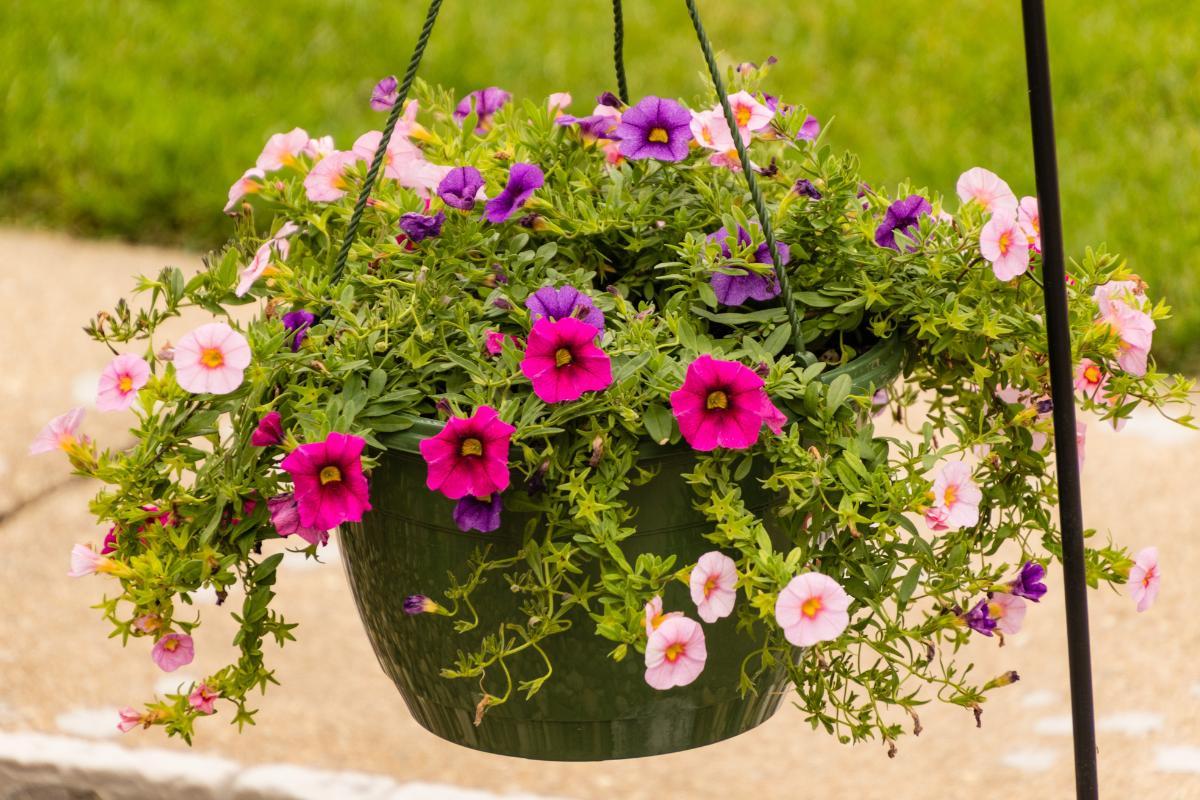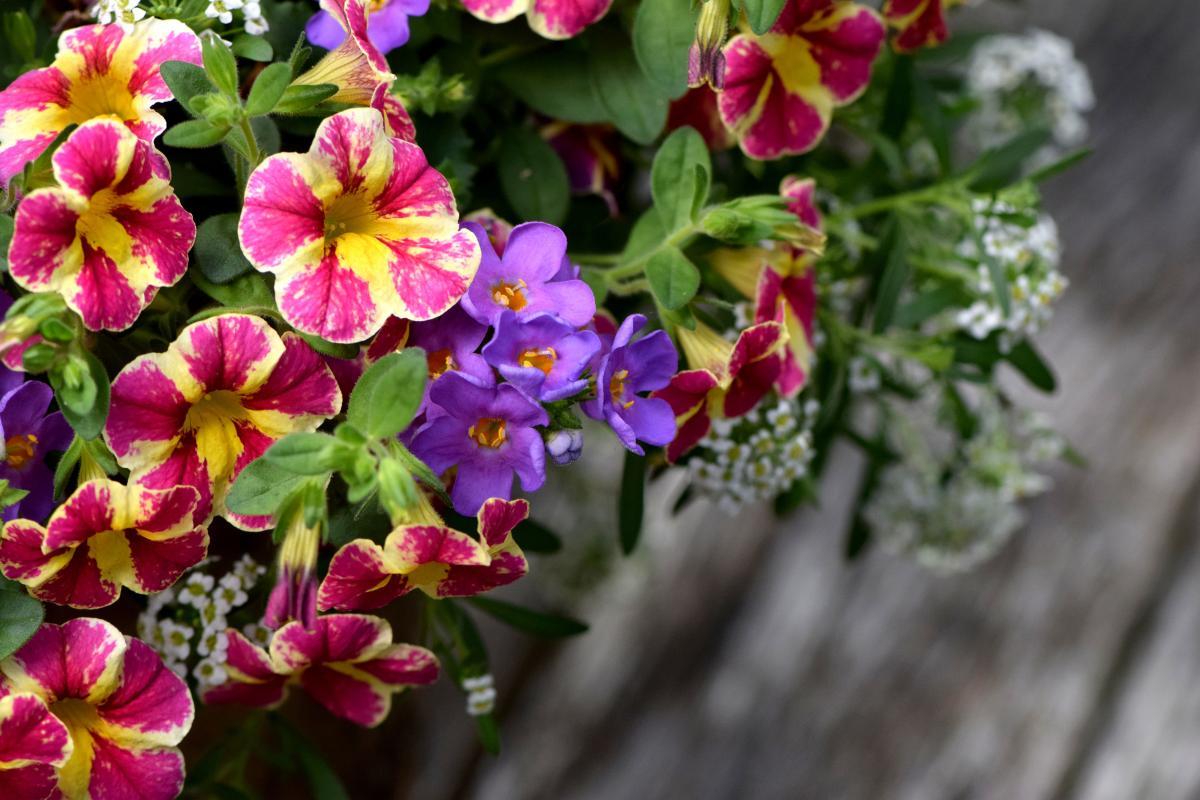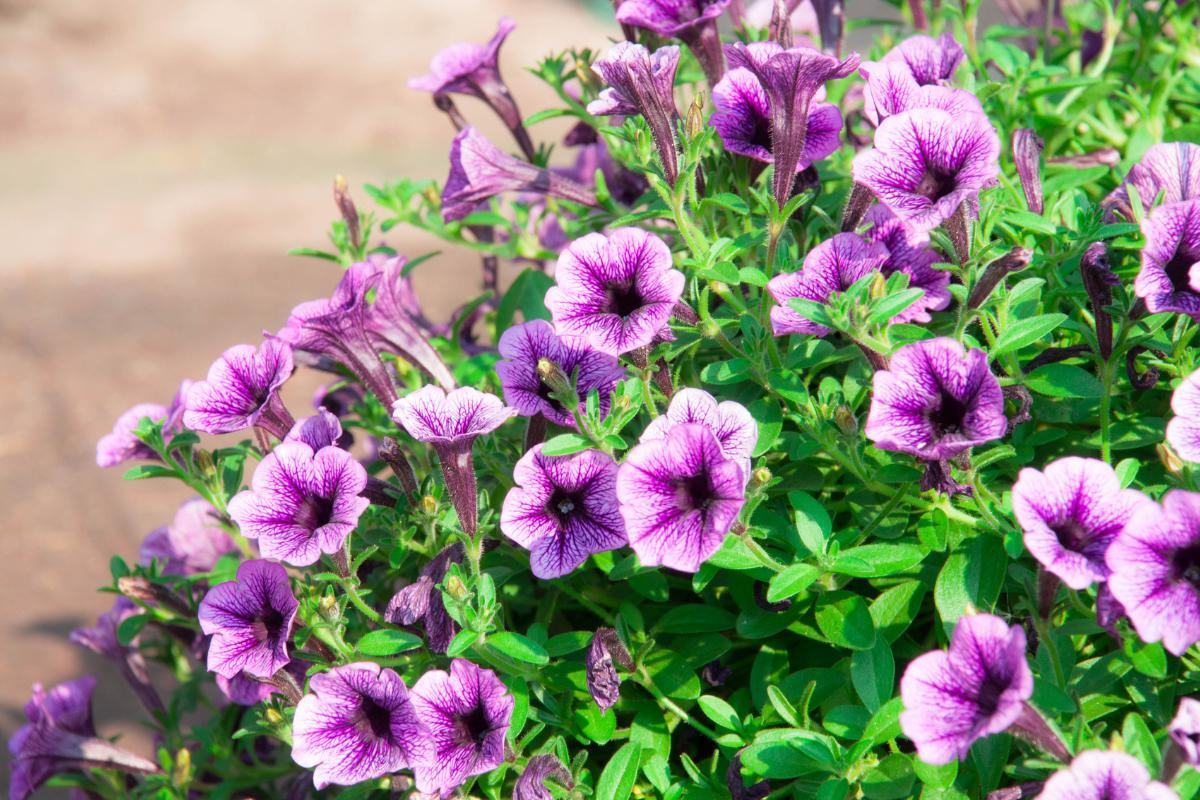Beginner’s Guide to Calibrachoa or Million Bells


Looking to add a burst of long-lasting color to your garden or patio? Calibrachoa might be exactly what you need. These spectacular flowering plants have exploded in popularity over the past decade, and for good reason. Their abundant, trumpet-shaped blooms create cascades of color from spring through fall with minimal maintenance required.
In the following article by thedailyECO, we explain how to care for calibrachoa or million bells. Everything from sun or shade preferences to pruning, propagation, and solving common problems.
Calibrachoa characteristics
Calibrachoa, commonly known as "Million Bells" or "Mini Petunias," has become a garden favorite for good reason. These compact plants produce an abundance of colorful, trumpet-shaped blooms while requiring relatively little maintenance. They're perfect for containers, hanging baskets, and garden edges where their cascading habit can shine.
Calibrachoa belongs to the Solanaceae family, making it a relative of tomatoes, peppers, and petunias. Native to South America, particularly Brazil and Argentina, this plant has been extensively hybridized to create the many varieties we enjoy today.
These plants produce numerous small petunia-like flowers resembling little bells, roughly 1 inch across. They flower continuously from early spring through late fall without pausing.
Calibrachoa naturally grows in a trailing or cascading pattern, making it perfect for hanging displays. One of their most convenient features is that spent flowers drop off on their own, eliminating the need for deadheading. Their flowers attract many beneficial pollinators including hummingbirds, butterflies, and bees.
The name Calibrachoa honors Antonio de la Cal y Bracho, a 19th century Mexican botanist who made important contributions to plant studies in his region.

Sunlight and temperature needs
Calibrachoa loves sunshine. These plants need at least 6-8 hours of direct sunlight daily, with 10+ hours being ideal for maximum flowering. In very hot climates, they appreciate a bit of afternoon shade to prevent heat stress. They thrive in warm temperatures above 55°F (13°C) and cannot survive frost or freezing conditions.
Their preference for bright conditions connects directly to their South American origins, where they evolved in open, sunny habitats. This sun-loving nature explains why Calibrachoa produces such vibrant flower colors. These bright hues evolved to stand out in sunny environments and attract pollinators from a distance.
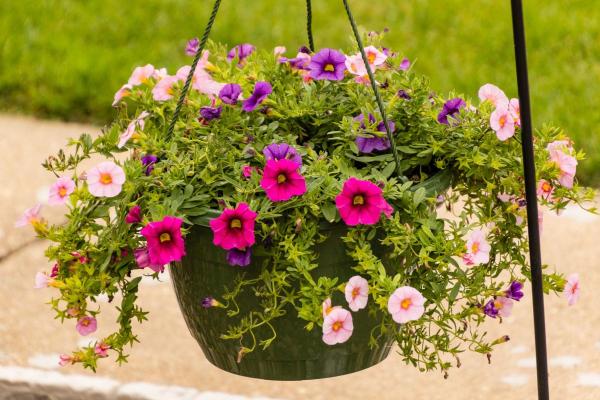
Soil and fertilizer requirements
Calibrachoa needs nutrients to maintain their impressive blooming performance. They require well-draining soil that prevents root suffocation. A slightly acidic pH between 5.5-6.5 allows them to access nutrients most effectively. Regular fertilization throughout the growing season supports their continuous flowering.
A good soil mix for Calibrachoa combines equal parts quality potting soil, peat moss or coco coir, and perlite or vermiculite for drainage. Adding some compost provides slow-release nutrients. This combination creates ideal conditions for roots to develop and absorb nutrients, while preventing waterlogged soil that can lead to root problems.
If you love the cascading beauty of Million Bells, explore our guide to spectacular flowering vines that return year after year to create vertical drama in your garden.

Watering guidelines
Calibrachoa strikes a good balance with water needs. They tolerate short dry periods once established, but need consistent moisture for best performance. Let the top inch of soil dry between waterings to prevent root problems. Water at the base of the plant rather than from above to keep leaves dry and reduce disease risk.
Increase watering frequency during hot weather or when plants are in containers with limited soil volume. Reduce watering during cooler weather when growth slows.
Learning to read your plants helps perfect your watering technique. Yellow leaves often indicate overwatering that's causing root stress, while curling leaves typically signal that the plant needs water.
Pruning tips
One of Calibrachoa's conveniences is that spent flowers fall off naturally without deadheading. A light pruning mid-season can vastly improve flowering, though. Around midsummer, trim back long stems by about one-third using clean scissors or pruning shears. This encourages the plant to branch and develop more points for flowers to form.
After pruning, apply some liquid fertilizer to support vigorous new growth.
This pruning response happens because cutting stems triggers the plant's natural growth response. When the growing tips are removed, the plant activates dormant side buds that will develop into new branches, ultimately creating more flowers. This adaptation evolved to help plants recover from damage in the wild.

Propagation methods
You can grow new Calibrachoa plants in two main ways:
From cuttings:
Take 3-4 inch stem cuttings in spring or early summer. Remove leaves from the bottom half of each cutting. Dip the cut end in rooting hormone if available to speed development. Place in moist potting mix or a glass of water. Keep warm and humid until roots develop, which typically takes 2-3 weeks. Transplant to a larger container once roots are established.
From seeds:
Calibrachoa seeds are tiny and require patient care. Start seeds indoors 8-10 weeks before the last expected frost. Use seed-starting mix and barely cover the seeds since they need light to germinate.
Keep soil consistently moist and warm (70-75°F). Germination can take 1-3 weeks and often happens unevenly. Transplant seedlings once they have developed several sets of true leaves.
Many commercial Calibrachoa varieties are patented hybrids, so plants grown from seed may look different from the parent plant due to genetic variation.
If you're enchanted by the dainty bells of Million Bells, explore our guide to other magnificent plants that share this elegant flower shape but offer completely different garden possibilities.

Common problems and solutions
Even these hardy plants can face issues from time to time:
Pest issues:
Aphids sometimes cluster on new growth, sucking sap and potentially spreading disease. Control them with a strong spray of water or introduce beneficial insects like ladybugs that feed on them.
Slugs and snails may leave holes in leaves and slime trails. Hand-pick them in the evening or use diatomaceous earth barriers which cause skin irritation to these soft-bodied pests.
Disease concerns:
Root rot develops when soil stays too wet for too long. Prevention is key, always use well-draining soil and containers with drainage holes.
Powdery mildew appears as white powdery spots on leaves. Improve air circulation around plants and avoid wetting the foliage when watering to prevent this fungal problem.
Want to expand your flowering plant collection beyond containers? Our guide to vertical bloomers will help you create a garden that flourishes in every dimension.
If you want to read similar articles to Beginner’s Guide to Calibrachoa or Million Bells, we recommend you visit our Plant care and cultivation category.
- Coronado, S. (2014). Illinois Getting Started Garden Guide: Grow the Best Flowers, Shrubs, Trees, Vines & Groundcovers. United States: Cool Springs Press.





